Did you know that there are three main ways that we learn?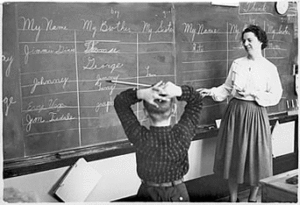

And that usually, ONE of those styles will suit you best?
How well you remember might depend on HOW it was presented to you?
“That’s why some people have left school believing that they ‘couldn’t learn’ or ‘had a hopeless memory,’ says past principal and MD of the Memory Foundation, Gillian Eadie. ‘The way the information was presented in class may not have suited their preferred learning style.’
For most of us, our classes were what we now call ‘Chalk and Talk’. The teacher (the ‘authority’) told us what we were to do, wrote notes on the board and the pupils were to ‘learn’ them. This style of learning suited some students very well – but NOT those who were kinaesthetic learners.
Which Learning Style suits you best?
There are three main ways we learn something new:
- visual (by seeing information)
- auditory (by hearing information)
- kinaesthetic (through physical activities, using patterns, colours, shapes and concrete examples)
If you are a kinaesthetic learner – and many of us are – your brain may not have been engaged in the processing you needed for new information to be encoded into your long-term memory.
And so you thought you COULDN’T LEARN!
Not true!
And SO sad that many people left their school days thinking they had failed.
Kinaesthetic learners need to take action while they are processing (or learning) something new. Typically they may create their own summaries into a pattern or diagram, or act out the new knowledge. Processing the information in this way enables you to recall the pattern or diagram you have made and your clever brain will provide you with the information you have put into the boxes or shapes.
Fortunately, teachers understand varied learning styles these days and students have a much better chance of retaining information well.
Everyone Can Learn!
If you are learning something new at present, try using a graphic organiser to help you sort out what you need to recall later.
Here is a simple example of the kind of processing I mean:
(Missing images for Learning Styles Use this link If you cannot see these images on your screen)
Or this one, that compares two great leaders:
Graphic organizers come in all forms and shapes (some of you will know them as Mind Maps). The brain processing involved in creating these diagrams will encode the information and you will be amazed at the improvement in your recall.
Try them!
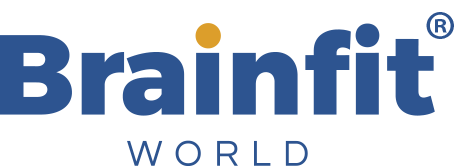
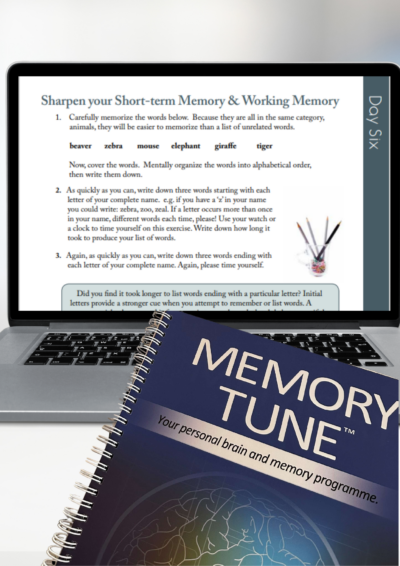
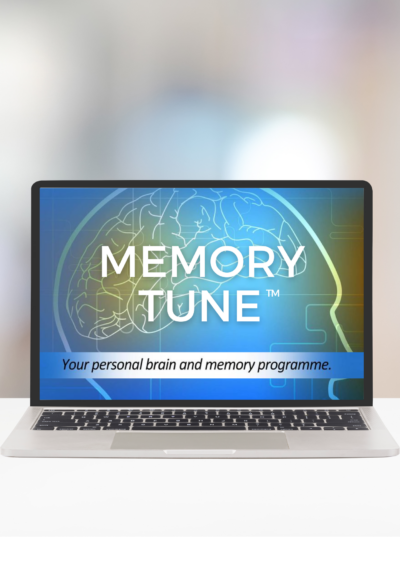
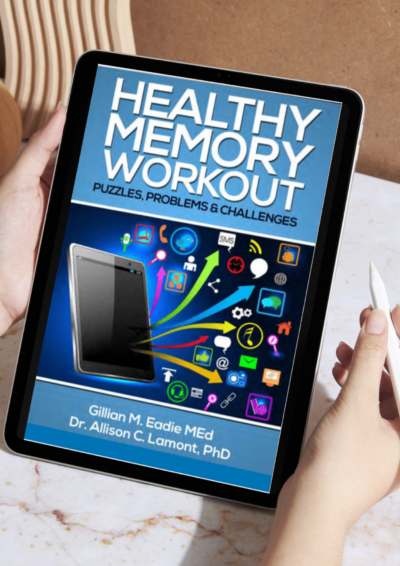
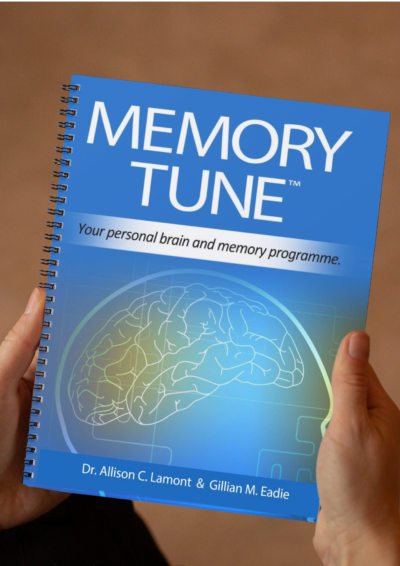
Thank you for the learning article, that U.S. Very helpful and something I need to keep reminding myself. P
Couldnt view anything in those oblong boxes!
When I R clicked I got an ad for a phone
When I L clicked – nothing.
I could not open the examples.
I can’t see the contents of the boxes either, just a little broken page icon in the top left corner. :(
I can’t view the images in the boxes either, not in Safari and not in Firefox.
Hello everyone. I have included a download link on the post now. It is a PDF of the images so I hope this will solve the issue. Some people could see them so I suppose it is another mystery of technology! https://www.brainfit.world/2016/06/11/learning-style-memory/
Try again now? I have added a PDF of the images for you to download. https://www.brainfit.world/2016/06/11/learning-style-memory/ So sorry for the inconvenience.
Try this link now – I have added the images another way: https://www.brainfit.world/2016/06/11/learning-style-memory/ Thank you for letting me know!
I think you should look at a Google search page using ‘learning styles debunked’. Your theory seems to have been described as a myth by several experts for several years.
Hello there – Google searches don’t always give you a practitioner’s view! Teaching these days skilfully includes visual, kinaesthetic and auditory strategies and it is true that holistic learning works best. However, we usually have a preferred way of encoding information, skills or ‘muscle memory’ activities. Some need to see the words or pictures, some like having a concept explained orally and some enjoy seeing a concept in concrete form. We usually have a preference.